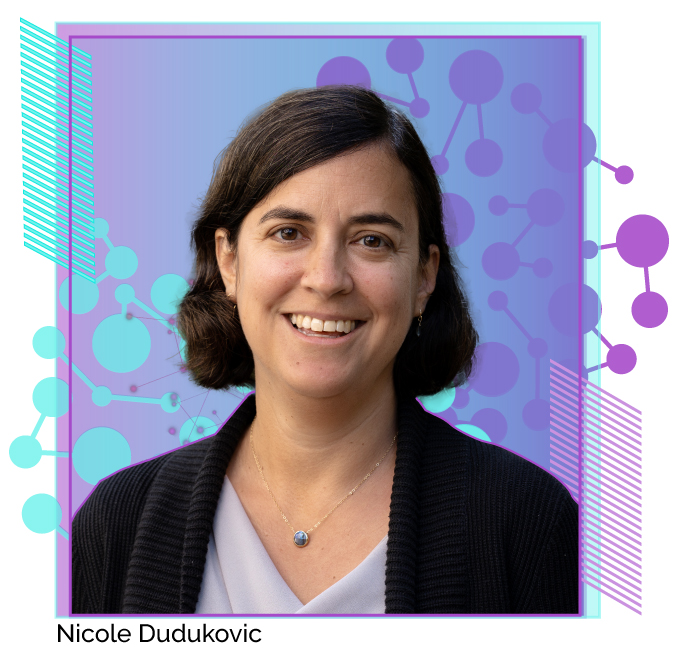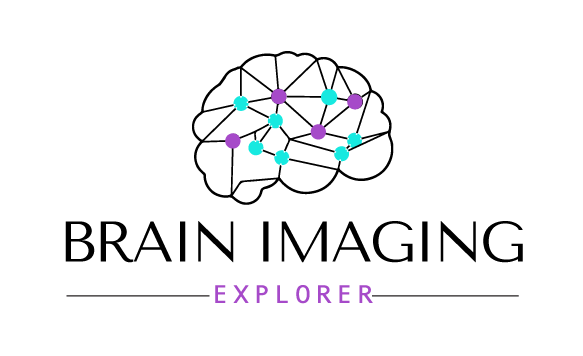About

I am the director of the undergraduate neuroscience program at the University of Oregon as well as Faculty-in-Residence in the Clark Honors College and a Senior Instructor of Psychology. I earned my Ph.D. in Psychology from Stanford University, where I was fortunate to work with leading experts in the fields of cognitive neuroscience and human memory. At the University of Oregon, I teach courses on cognitive neuroscience, learning and memory, neuroethics, and public writing, and I am particularly interested in real-world applications of neuroscience research, particularly for education.
My fascination with the human brain began with a cognitive neuroscience class that I took as an undergraduate in the late 1990s with Dr. John Gabrieli. I was captivated by images of the human brain and by activation maps showing which parts of the brain were more active during specific cognitive functions. That class inspired me to pursue brain imaging research in my graduate work as a way of gaining a deeper understanding of how humans learn new information and remember life events. In the 25 years since I took that cognitive neuroscience course, brain imaging research has not lost its allure. In fact, it has exploded in terms of its presence in the popular press and even in the classroom. I have encountered many undergraduate students who are just as eager to get involved in brain imaging research as I was. Unfortunately, given the time and expense required to run a functional magnetic resonance imaging (fMRI) study, relatively few undergraduates get hands-on experience with brain imaging data. The idea for this website materialized during the COVID-19 pandemic. Many research labs were shut down, and undergraduate students in the sciences were struggling to find labs to join as research assistants. No one was scanning human participants in brain imaging studies, making it even more challenging for an undergraduate to get involved in brain imaging research. At the same time, many educators were working on creating valuable resources (e.g., videos, tutorials, databases, assignments) that would allow students to have meaningful remote lab experiences. It occurred to me that if someone collected these educational resources as well as existing research tools that can be used to explore brain imaging data and put them in one place, that this would be a useful resource for both students and educators interested in studying the human brain. The idea for a curated website that would provide an accessible brain imaging research experience was born.
My intention is that this website will be used by students who want to gain experience with brain imaging data, some of whom may even use tools linked on this site to ask novel research questions. I also hope that this site is useful to educators who teach courses on cognitive neuroscience and who will incorporate some of the example assignments and tutorials into their classes.
